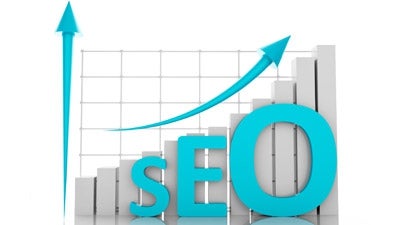
LINK BUILDING
SEO has long been focused on two primary areas: on-page and off-page. Both are important, but off-page signals still provide the most impact to a brand’s organic visibility. As a result, countless eCommerce companies have leveraged many different link building tactics over the last decade. From forum and comment link dropping to broken link building and guest blogging at scale, off-page SEO has taken many different forms.
BRAND AWARENESS
While many big brands have focused on these tactics over the last decade, some have also been working on building their brand awareness through marketing and public relations (PR). As Google has gotten better at ignoring or penalizing the off-page signals mentioned above, companies that were busy building true brand awareness and earning real media coverage have mostly been insulated from losing organic search visibility.
EXACT-MATCH KEYWORD DOMAINS + LINK BUILDING ? BRAND AWARENESS
Unfortunately, for over a decade many eCommerce companies have relied almost exclusively on their exact-match keyword domains and link building at scale to provide the organic search traffic they needed to grow. Building robust brands and creating household names weren’t necessarily a concern for many. Of course there are exceptions like Amazon, Zappos, 1800PetMeds, Hotels.com and Woot.
Building robust brands and becoming a household name doesn’t completely protect brands from feeling Google’s wrath, either. Take eBay, for example. The recent Panda 4.0 update caused it to lose 33 percent of its organic visibility. Most of that loss can be attributed to eBay publishing a lot of duplicated/syndicated content without proper attribution (canonicals).
WHAT SHOULD ECOMMERCE SEO LOOK LIKE TODAY?
Creating real brand awareness through marketing and PR activities is what drives penalty-free off-page signals today. In other words, creating problem solving content that’s worthy of citation and mention by influencers, bloggers and the media. Couple that with having a very indexable site that follows Google’s webmaster recommendations and little-to-no content gaps and that’s what good ecommerce SEO looks like today.
WHAT ROLE DOES CONTENT PLAY?
Aside from making sure a site is indexable and it follows webmaster recommendations, everything. Ecommerce companies should focus on two types of content: commercial and editorial. Commercial content—the type of content that helps sell products such as merchandise descriptions, images and videos—is what many ecommerce companies focus on the most. There are some exceptions, but not many.
Editorial content is mostly associated with content marketing today. This content helps eCommerce brands reach prospects in the beginning stages of Google’s Zero Moment of Truth. This is also the type of content that is promotable to the media, influencers, bloggers and native paid channels. It’s content that solves problems and attracts natural inbound links.
FOR AN EXAMPLE OF AN ECOMMERCE BRAND TAKING ADVANTAGE OF AND GROWING SEARCH VISIBILITY WITH EDITORIAL CONTENT PROMOTION DOWNLOAD THIS CASE STUDY.
Before the Geek Squad was bought by Best Buy they became famous for publishing hundreds of videos that showed consumers how to fix their own computers. This seems contrary to their business model—even cannibalistic. Fortunately, the brand awareness that developed from truly helpful editorial content ensured that when engaged consumers could no longer solve their own problems, they’d enlist the Geek Squad.
This same brand awareness principle holds true for ecommerce brands that are helpful at the top of the funnel. It also drives off-page and on-page signals to the search algorithms.
It’s the infusion of promoted editorial content with traditional commercial content that will drive ecommerce search visibility today and in the foreseeable future. Yesterday’s link building at scale doesn’t work anymore and it’s very susceptible to penalties. Ecommerce companies that work diligently to grow their brand awareness through top-of-the-funnel content marketing and digital PR are the ones poised to maximize their search engine visibility.
This article was originally published by Relevance
2062 Views












